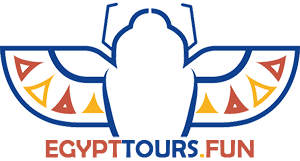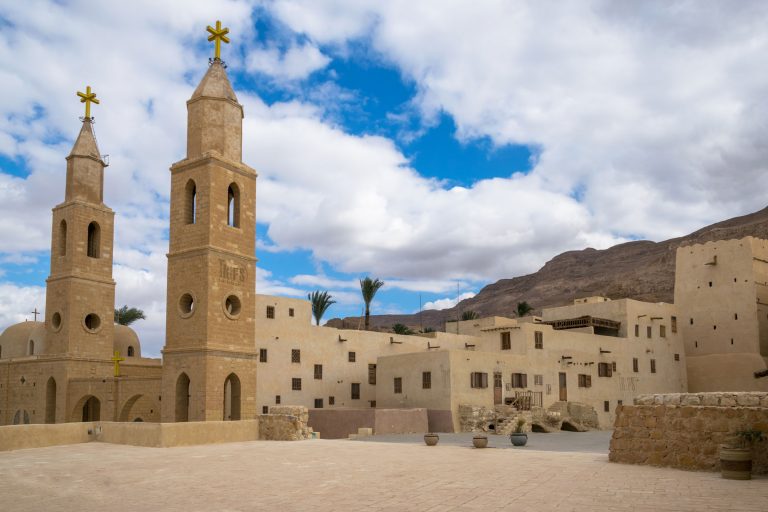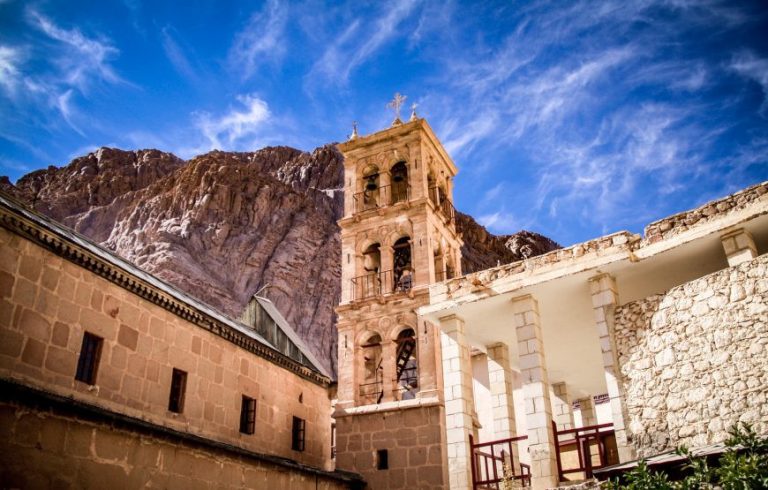The Museum of Islamic Art (Cairo): A Treasure Trove of Islamic Heritage and Culture
 The Museum of Islamic Art (MIA) in Cairo is one of the most important cultural institutions in the world, dedicated to preserving and showcasing the rich artistic and historical legacy of Islamic civilization. Located in the heart of Bab El-Khalq, near Cairo’s historic district, the museum houses an unparalleled collection of artifacts spanning over 1,400 years of Islamic history. This article provides a detailed overview of the Museum of Islamic Art, its history, architecture, collections, and significance, targeting the most important keywords for Google Search.
The Museum of Islamic Art (MIA) in Cairo is one of the most important cultural institutions in the world, dedicated to preserving and showcasing the rich artistic and historical legacy of Islamic civilization. Located in the heart of Bab El-Khalq, near Cairo’s historic district, the museum houses an unparalleled collection of artifacts spanning over 1,400 years of Islamic history. This article provides a detailed overview of the Museum of Islamic Art, its history, architecture, collections, and significance, targeting the most important keywords for Google Search.
1. Overview of the Museum of Islamic Art
Location and Significance
Location: Situated in Bab El-Khalq Square, the museum is centrally located and easily accessible from major landmarks like Tahrir Square and Cairo Citadel.
Importance: The MIA is one of the largest and oldest museums dedicated to Islamic art, with over 100,000 artifacts representing the diversity and richness of Islamic culture.
Mission and Vision
The museum aims to educate visitors about the artistic, scientific, and cultural achievements of the Islamic world, fostering a deeper understanding of its global influence.
2. History and Development
Founding and Early Years
Inception: The museum was established in 1881 during the reign of Khedive Tawfiq to preserve Islamic artifacts from across Egypt and the Islamic world.
Original Location: Initially housed in the Mosque of Al-Hakim, the collection was later moved to its current purpose-built building in 1903.
Architectural Design
Design: The museum’s building was designed by Alfredo Barsanti in a neo-Mamluk style, blending traditional Islamic architecture with modern elements.
Renovations: The museum underwent a major renovation in 2003 and again in 2010, following damage from a car bomb explosion. It reopened in 2017 with state-of-the-art facilities.
3. Collections and Exhibits
Highlights of the Collection
Calligraphy and Manuscripts: Rare Qurans, illuminated manuscripts, and calligraphic works showcasing the art of Arabic script.
Textiles and Carpets: Exquisite examples of Islamic textiles, including silk, wool, and cotton fabrics, as well as intricately woven carpets.
Metalwork and Ceramics: Beautifully crafted metal objects, such as lamps, bowls, and weapons, alongside ceramic tiles and pottery.
Woodwork and Furniture: Carved wooden panels, doors, and furniture from mosques, palaces, and homes.
Scientific Instruments: Astrolabes, compasses, and other tools that highlight the Islamic world’s contributions to science and technology.
Notable Artifacts
Mamluk Quran: A stunning example of 14th-century calligraphy and illumination.
Fatimid Wooden Mihrab: A intricately carved prayer niche from the Fatimid era.
Ottoman Ceramic Tiles: Vibrant tiles from Turkey, showcasing the artistry of the Ottoman Empire.
4. Architectural and Design Features
Exterior Design
The museum’s facade features Islamic geometric patterns, arched windows, and decorative stonework, reflecting the grandeur of Islamic architecture.
Interior Layout
Galleries: The museum is divided into 25 halls, each dedicated to a specific era, region, or theme within Islamic art.
Central Courtyard: A serene courtyard with a fountain, inspired by traditional Islamic gardens, provides a peaceful space for visitors.
5. Significance and Impact
Cultural Importance
The Museum of Islamic Art serves as a custodian of Islamic heritage, preserving artifacts that reflect the diversity and creativity of Islamic civilization.
It highlights the contributions of Islamic culture to art, science, and architecture, fostering cross-cultural understanding.
Tourism and Education
The museum attracts scholars, historians, and tourists from around the world, making it a key destination for cultural tourism in Cairo.
It offers educational programs, workshops, and guided tours to engage visitors of all ages.
6. Visiting the Museum of Islamic Art
Location and Accessibility
The museum is located in Bab El-Khalq Square, near Port Said Street, and is easily accessible by public transport or taxi.
Tickets and Hours
Tickets can be purchased at the museum entrance, with discounts for students and groups.
The museum is open daily, except on Fridays, with extended hours during peak tourist seasons.
Guided Tours
Professional guides are available to provide in-depth insights into the exhibits and Islamic art history.



